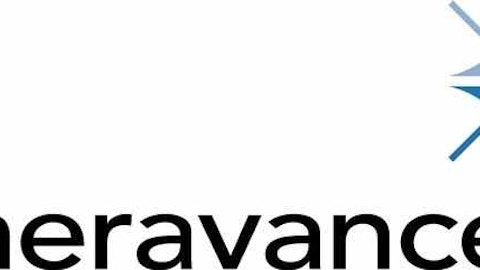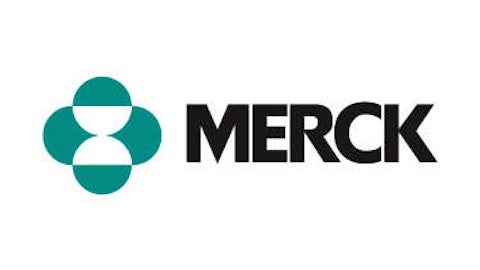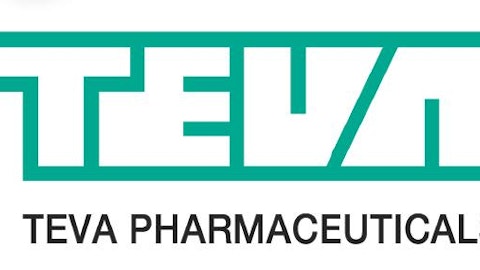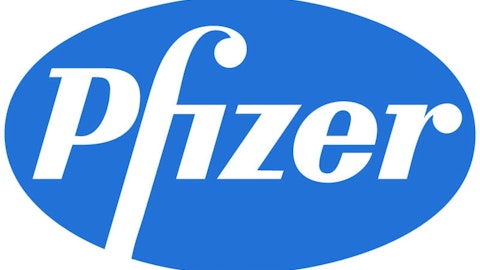
This epidemic of high cholesterol levels across the nation is often associated with unhealthy diets and sedentary lifestyles, leading to the rising demand for cholesterol treatments from pharmaceutical companies. Let’s take a look at some of the more established and speculative products in the market today.
The party’s over for Pfizer and Merck
The past decade was primarily dominated by Pfizer Inc. (NYSE:PFE) and Merck & Co., Inc. (NYSE:MRK), which respectively produced Lipitor (atorvastatin) and Zocor (simvastatin), two widely used high LDL cholesterol treatments. Both Lipitor and Zocor are statin treatments, which slow the liver’s ability to produce LDL. However, statin treatments can cause a wide array of side effects, including muscle pain, liver damage, digestive problems, rashes, elevated blood sugar levels, and neurological side effects.
Those side effects, some rarer than others, have been a major reason that many Americans avoid taking high LDL medications, especially since many high cholesterol cases can be controlled through an improved diet and frequent exercise. However, both Lipitor and Zocor have been shown to significantly lower high LDL cholesterol — by 57% and 47% (at their highest doses), respectively, making them viable options for high-risk patients.
Although Pfizer Inc. (NYSE:PFE) and Merck & Co., Inc. (NYSE:MRK) had a good run with these cholesterol drugs over the past decade, Lipitor’s patent protection expired in 2011, and Zocor’s expired in 2006. Since then, many generic high LDL statin treatments have hit the market, such as Watson Pharmaceuticals’ generic Lipitor and Teva Pharmaceuticals’ generic Zocor.
Non-statin alternatives
Due to the side effects of statin, there is a market for non-statin treatments. These include bile acid sequestrants, fibrates, and cholesterol absorption inhibitors. Bile acid sequestrants bind cholesterol to bile acid, which is then removed in the stool. Fibrates enable the liver to absorb more fatty acids to increase the production of HDL (“good”) cholesterol. Cholesterol absorption inhibitors allow the intestine to directly absorb LDL cholesterol with very few side effects.
Although those treatments are all possible alternatives to statin treatments, they have not replicated the massive reduction of LDL cholesterol by directly targeting the liver’s production of LDL, as statins do. That’s where a new medication, Juxtapid (lomitapide), comes in.
Could Juxtapid be a game changer?
Juxtapid, Aegerion Pharmaceuticals, Inc. (NASDAQ:AEGR) only marketed drug, is the first of a new class of LDL treatments called microsomal triglyceride transfer protein (MTP) inhibitors, which can slow the assembly of very low-density LDLs in the liver. Juxtapid is currently only approved for patients with homozygous familial hypercholesterolemia (a rare inherited disorder) who are already taking statin medications. Yet, in those patients, Juxtapid reduced LDL by 40% to 50%.
In a clinical study, 28% of patients on Juxtapid had diarrhea, nausea, vomiting, and abdominal pain. However, those side effects are minimal compared to those caused by traditional statin treatments. Liver tests are also required for patients before and after treatments, since Juxtapid can cause liver problems, according to the FDA. Therefore, patients considering using Juxtapid are required to first enroll in a Juxtapid REMS (Risk Evaluation and Mitigation Strategy) program for liver testing.




